Positive and Negative Camber - How it Affects Your Car Tires
Camber is the angle at which your car's wheels are tilted in or out from the vertical axis when viewed from the front or rear. Positive camber means that the top of the wheel tilts outward, away from the car's center, while negative camber means the top of the wheel tilts inward, towards the car's center. While camber is an important aspect of a car's suspension system, it can also have both positive and negative effects on your car's tire. In this blog, we'll take a closer look at the effects of camber on your car's tire and how to address any issues that may arise.
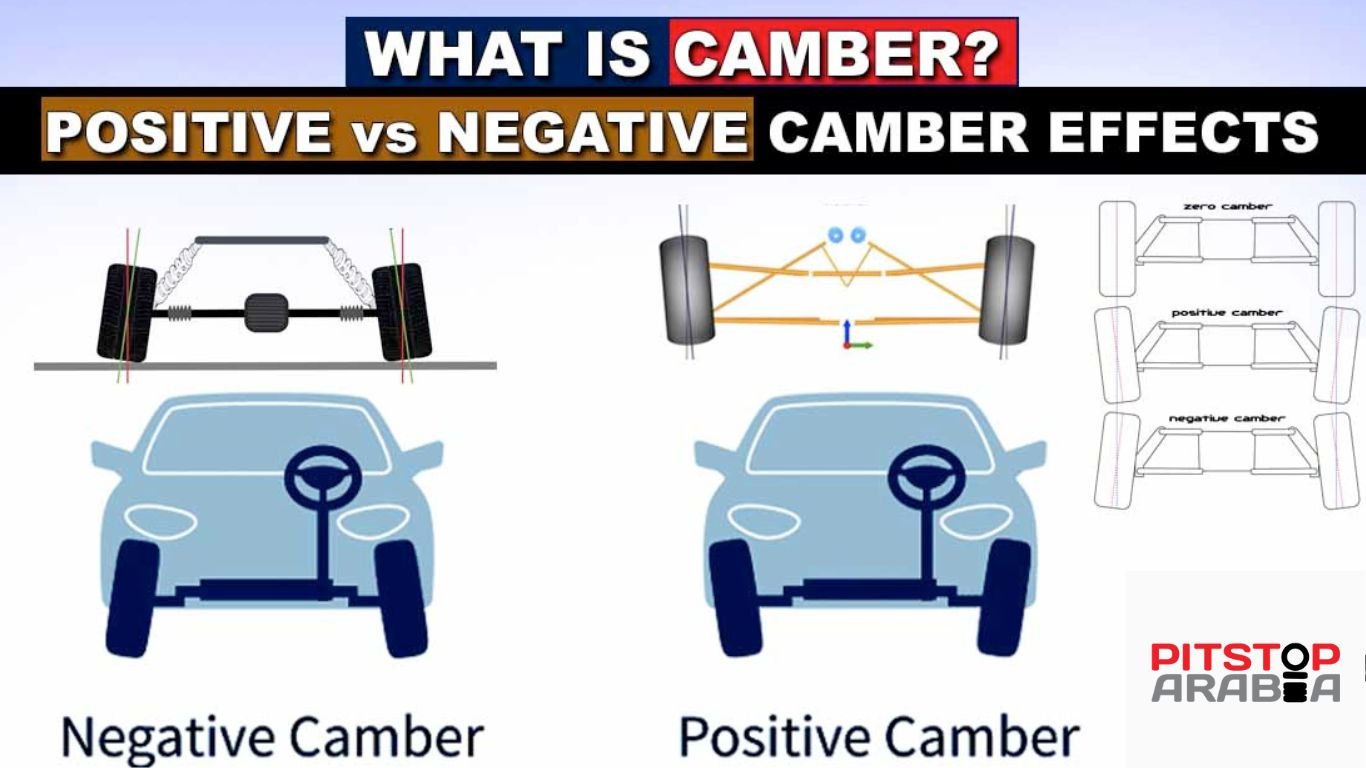
Positive Camber Effect
Positive camber occurs when the top of the tire tilts outward, away from the car's center. This type of camber can be beneficial for heavy-duty vehicles, such as trucks or off-road vehicles , as it allows for better stability and handling on uneven terrain. Positive camber also helps to reduce tire wear on the outer edges, as it allows for better distribution of weight across the tire's surface.
Negative Camber Effect
Negative camber occurs when the top of the tire tilts inward, toward the car's center. While negative camber can improve handling and cornering at high speeds, it can also have negative effects on your car's tire. One of the most common issues associated with negative camber is uneven tire wear. This occurs because the tire is not in full contact with the road surface, resulting in excessive wear on the inside or outside edge of the tire. Additionally, negative camber can cause poor handling and steering response, reduced traction, and increased risk of hydroplaning on wet roads.
What Causes Positive Camber?
Positive camber can occur naturally as a result of wear and tear on the suspension system or due to the addition of heavy-duty accessories, such as winches or plows. However, it can also be a sign of a damaged or worn-out suspension component, such as a ball joint or control arm.
Positive vs Negative Camber Effect: Advantages and Disadvantages
The table below summarizes the advantages and disadvantages of positive and negative camber effects on your car's tire:
| Camber Type | Advantages | Disadvantages |
|---|---|---|
| Positive | Improved stability and handling on uneven terrain, reduced tire wear on outer edges. | Poor handling and steering response, reduced traction on dry roads. |
| Negative | Improved handling and cornering at high speeds. | Uneven tire wear, poor handling, and steering response, reduced traction, increased risk of hydroplaning on wet roads. |
How to Fix Negative Camber
If you suspect that your car has negative camber, it's essential to have it inspected by a professional mechanic. They can diagnose the root cause of the issue, which may involve replacing damaged suspension components or adjusting the alignment.
In some cases, aftermarket suspension parts may need to be installed to correct the problem.



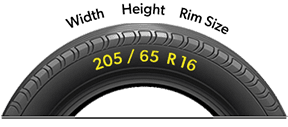





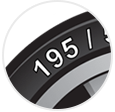

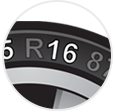
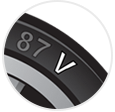
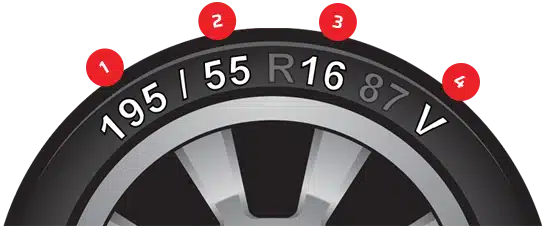
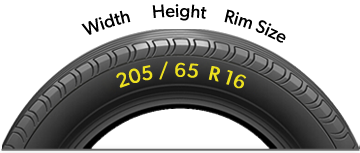




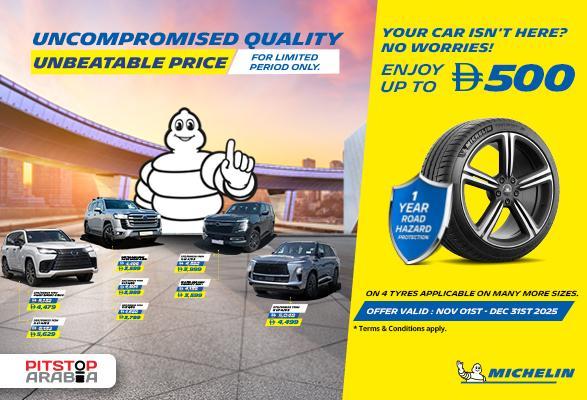


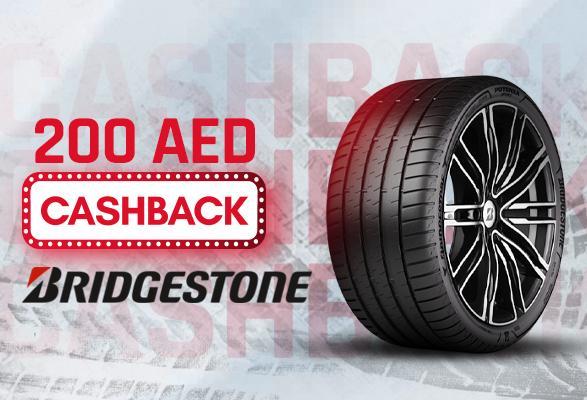
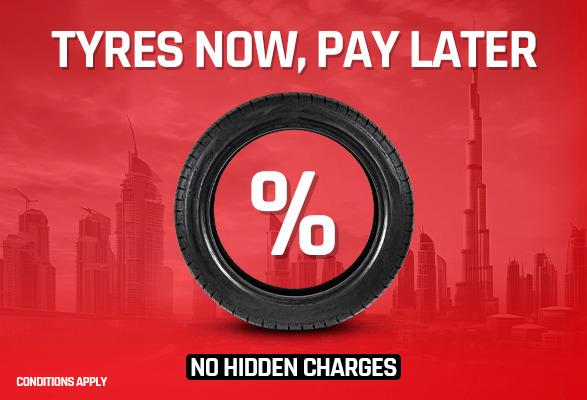


































Conclusion
In conclusion, camber plays a crucial role in your car's suspension system and can have both positive and negative effects on your car's tire. While positive camber can provide better stability and handle on uneven terrain, negative camber can lead to uneven tire wear and reduced traction. If you suspect that your car has negative camber, it's essential to have it inspected by a professional mechanic to identify and address the underlying cause of the problem.